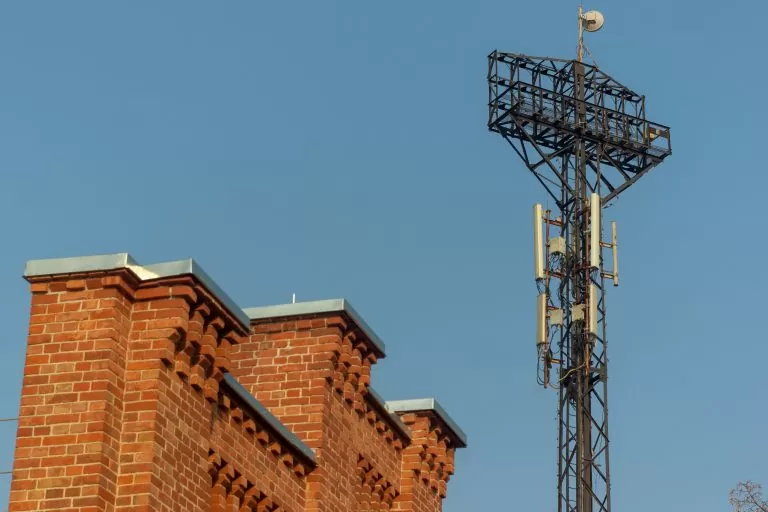LPWAN stands for Low Power Wide Area Network. An LPWAN is a wireless network with low energy consumption, which allows communication with the network. The network has a large range (several kilometers) with a low bit rate. An LPWAN’s main purpose is to collect information. Although it is often possible to send information in both directions. There are different types of networks that meet these criteria and thus fall under the name LPWAN, such as LoRaWAN, NB-IOT, LTE M and Sigfox.
In the first half of 2020, the share of connected IoT devices with an unlicensed LPWA network (LoRa and Sigfox) had a lead of 53%. The licensed LPWA networks (LTE M and NB-IOT) contributed 47% of the global LPWAN connections. One year later, the licensed LPWAN market leads with a 54% share and is currently growing strongly. An important reason is that NB-IOT and LTE M grew very strongly in the first half of 2021. NB-IOT now dominates the global LPWAN market while LoRaWAN is slowly declining. With LoRaWAN, the choice is often made for a private LoRaWAN.
LPWA networks: the difference between licensed and unlicensed
Licensed LPWA networks (LTE M and NB-IOT), have many advantages that make them rapidly emerging: proven technology based on 4G technology, better capacity and coverage than the unlicensed spectrum, harmonization of spectrum between countries and regions and lifespan is controlled by the mobile operators. The downside is that it hasn’t been rolled out in all countries for now, but there is currently a huge acceleration in implementations and roaming agreements, making it only a matter of time before it will be available everywhere.
Unlicensed LPWA networks (LoRaWAN and Sigfox) can also be easily and quickly set up as private networks. The major drawbacks at the moment are that there is no harmonization regarding the spectrum between countries and regions, a wide variety of spectrum bands, interferences cannot be managed and it can only be used for non-critical IoT solutions, making a large part of the market inaccessible.
Over the past year, asset tracking and monitoring were the main applications driving the growth of unlicensed LPWA networks, while the growth of LTE M and NB-IOT was driven by massive numbers of smart meters and the smart building and smart infrastructure verticals.
Thingsdata expects that the market will continue to be dominated by LTE M and NB-IOT in the coming years. While the other technologies will continue to exist, it does not appear at present that they will play a significant role in the global market, although they remain attractive for certain niche applications.
For more information, you can contact us via telephone number 085-0443500 or by mail to info@thingsdata.com.
